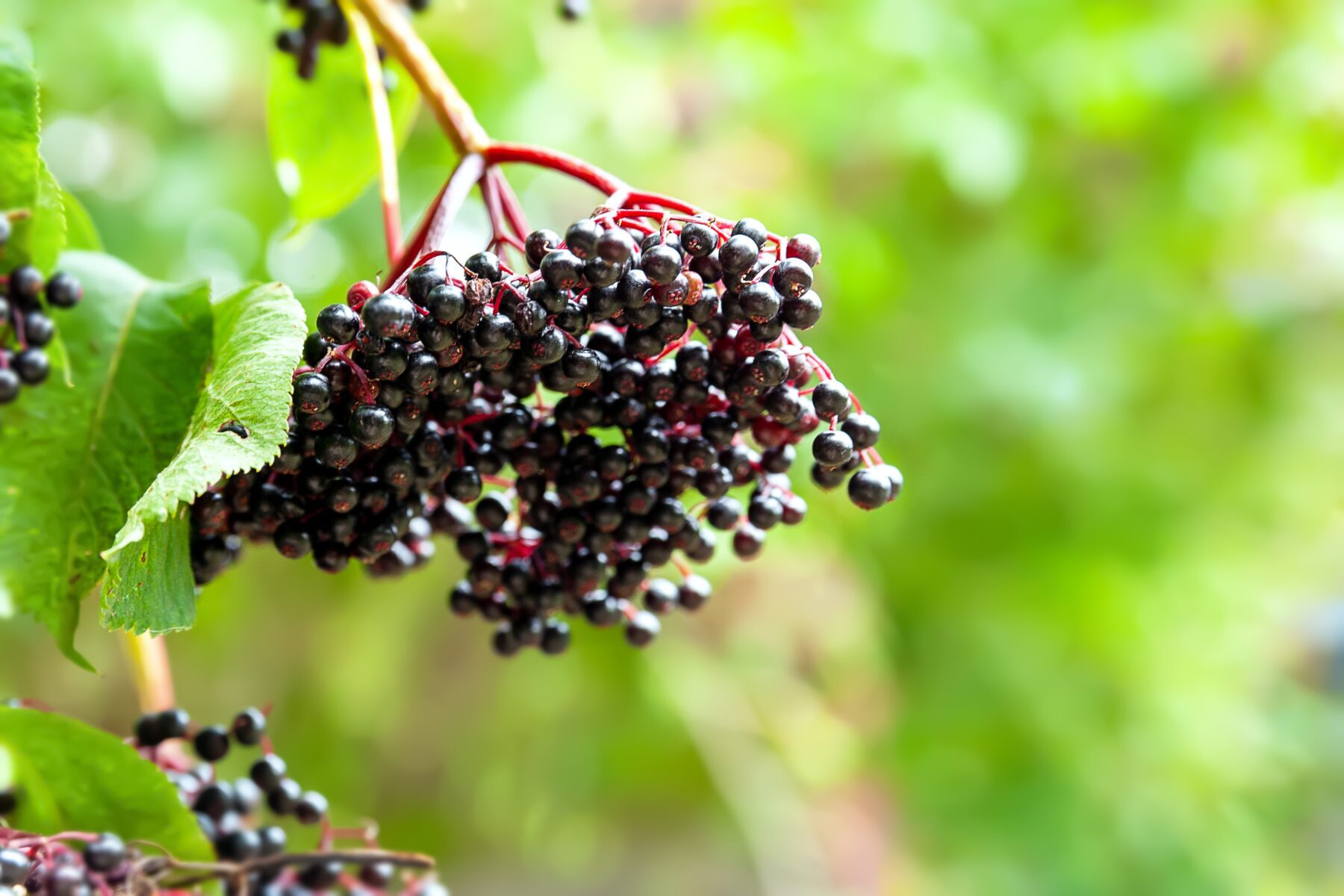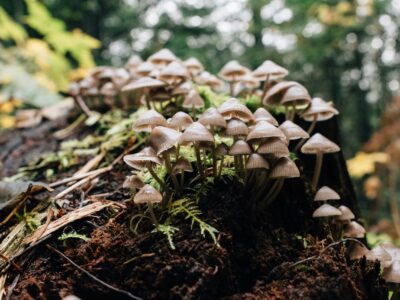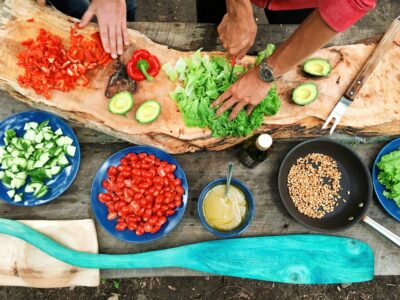An immune-boosting powerhouse
The older I get, the more I’m amazed by the hidden gems in God’s creation. From lawn weeds that soothe bee stings and herbs that ease headaches to honey that deters infections, it seems as though I’m always learning of new natural remedies. But in a world with a new supplement and “miracle cure” around every corner, I tend to assume a skeptical posture until I can find evidence to corroborate the claims. Several years ago, prompted by concerns about side effects, synthetic dyes, alcohol, and impossible-to-pronounce ingredients in cough and cold medicines, a friend introduced me to the magnificent elderberry.
Health benefits of elderberries
As I researched, I discovered that elderberries had been used for centuries to treat various ailments (1) and that modern science is beginning to unlock their health-promoting secrets. Although more research is needed, studies have confirmed that those tiny purple powerhouses contain vitamins, minerals, and antioxidants that confer many health benefits(2):
Immune system booster (3)(4) – Elderberries are a great source of Vitamin C, which is known for its ability to boost the immune system. One study found that taking an elderberry supplement reduced the duration of colds by nearly half.
Heart health (5) – The antioxidants in elderberries can help protect against heart disease by reducing inflammation and lowering cholesterol levels.
Cancer fighter (6)(7) – Elderberries contain anthocyanins, which are compounds that have been shown to inhibit the growth of some cancer cells.
Growing & harvesting elderberries
After learning about the potential benefits, I decided to add a few elderberry bushes to our backyard landscaping. Let me warn you; these plants are EXTREMELY PROLIFIC! Within a couple of seasons, we went from having a few plants to hundreds. Elderberries get very tall, up to 12 feet in height, and propagate by root runners and seeds spread by birds, much like other berries. So, keeping them from taking over the entire yard takes more effort than growing them. The good news is that you don’t need to grow your own elderberries; they can be found along grassy roadsides, parks, and natural areas. You can also order dried berries online.
Elderberries produce lovely white blossoms in mid-summer, and the tiny berries begin to ripen in late summer. As an interesting side note, the flowers also have medicinal properties. The blooms can be dried and used to make tea that helps reduce the symptoms of sinusitis, flu, colds, and bronchitis. The blossoms are also an excellent source of nectar and pollen for bees in midsummer when pollinator forage is in short supply!
Harvest begins in August and can continue into early fall, depending on the variety and geographic location. The key to harvesting is to wait until the berries are plump and dark purple, avoiding clumps that still have many unripened fruits. It’s wise to wear gloves if you want to avoid having purple fingers! The berries can be stripped off of the stems, or you can cut the entire blossom head and remove the berries at home. Once harvested, the berries can be juiced, eaten, processed, dried, or frozen.
Making elderberry syrup
After harvesting my first batch of berries, I discovered that I’m not a fan of how they taste by themselves. They are very tart. To enjoy them fresh, they pair well with sweeter fruits and berries or can be blended into smoothies. But for me, I use the berries to make syrup and keep a jar in the fridge to help boost my immune system.
When cold and flu season hits, having a bottle of elderberry syrup on hand can be a lifesaver. The syrup can be taken to fight a cold or used as a preventative measure. Elderberry syrup is also great for soothing a sore throat and relieving congestion. What’s more, it tastes great and can be added to hot tea or sparkling water for a delicious way to stay healthy all season long. The syrup is widely available online and at health food stores, but it is also easily made at home (and tastes better!).
Elderberry Syrup Recipe
Equipment:
Medium-sized stainless steel pot (avoid aluminum or Teflon)
Mesh strainer
Jars
Large spoon
Ingredients:
6 cups of ripe fresh or frozen elderberries
6 cups of spring or distilled water
4 cinnamon sticks
12 whole cloves
1 tablespoon fresh ginger, sliced or grated
2/3 cup raw, unfiltered apple cider vinegar
2 1/2 cups raw honey (use maple syrup if making for children less than one year of age)
Instructions:
- Sort the berries to remove stems, leaves, debris, and unripened fruit.
- Add the berries, cinnamon sticks, cloves, and ginger to the pot with 6 cups of water.
- Bring to a boil, then simmer over low heat until the liquid is reduced to half.
- Remove from heat and cool to room temperature.
- Strain the liquid to remove seeds and other bits. Use a spoon to press the berries into the strainer to squeeze out as much juice as possible.
- Stir in the honey until dissolved and incorporated into the syrup.
- Stir in the apple cider vinegar.
- Cover with a clean lid. The syrup can be kept refrigerated for up to six months.
The syrup can be taken daily to boost the immune system or taken to help reduce the severity and duration of viruses and colds. The dosage is 1 tsp for children under 12 and 1 tablespoon for adults. The syrup should be taken every 2-3 hours during an illness until symptoms are gone. As a preventative, take it once a day.
NOTE: If using dried berries, use half as many when making the recipe.





 Copyright
2024
Root and Vine
Copyright
2024
Root and Vine